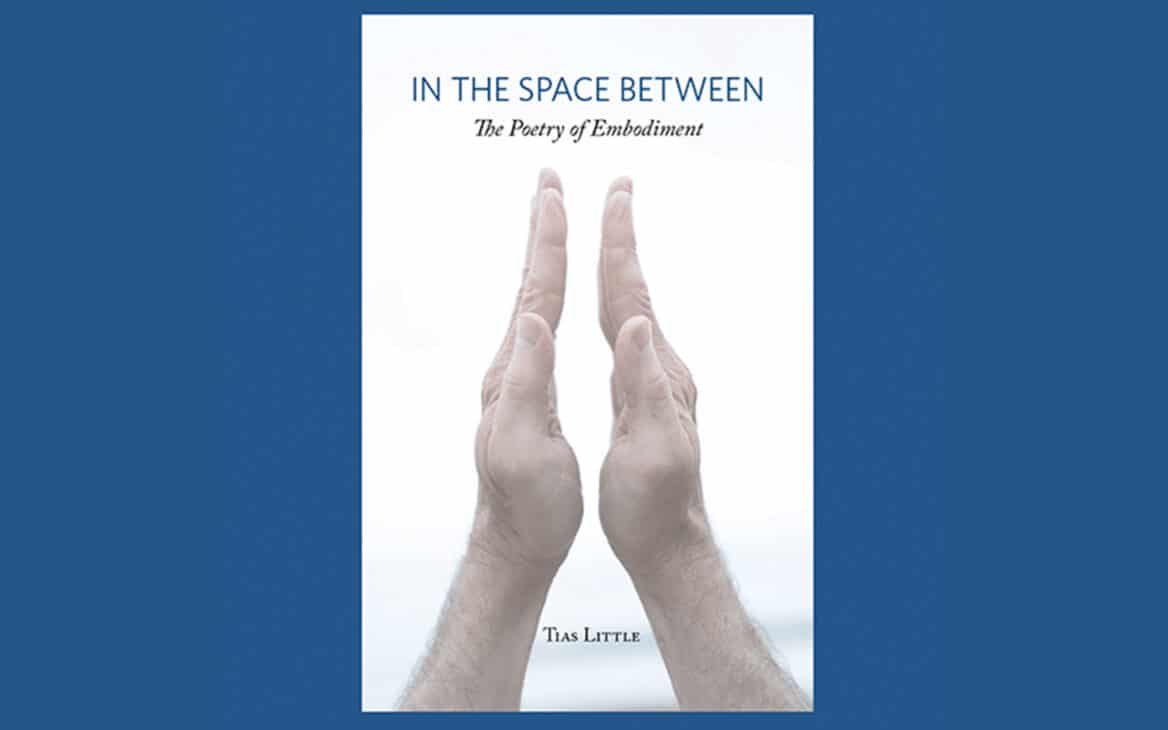The current popularity of yoga in the world today is due to a very bizarre combination of things. One is the overall benefits that the practice has on the body and the mind, the other is the limelight effect where so many things related to yoga get trumped up and made into a kind of show. From the chic “Salutation” pants of Athleta yoga wear to the storefront façade of the new splashy Jois yoga center in Encinitas CA, to the ads of buffed dudes in one handed arm balances. Now comes the Feb 28 New York Times article, “Yoga and Sex Scandals, No Surprise Here”, an article by William Broad, the suddenly go-to authority on yoga. This article follows on the heels of his Jan 8 piece in the NY Times “How Yoga Can Wreck Your Body”, an equally sensational title that like-wise has prompted considerable hand-wringing among many of us who are committed to the benefits and integrity of yoga instruction.
The current yoga spectacle involves John Friend, the founder of Anusara Yoga and his fall from grace (in the Anusara system “grace” is a mantra of sorts along with “open your heart”). The shame of John’s sexual and financial exploits, is significant, both in terms of the way it renders cracks in the Anusara empire, but also for the bad press it gives the practice of yoga. What is most evident is that certain aspects of yoga have basked in the light of sensationalism.
The Anusara Yoga appeal is due in part to its spectacle, the wow of the “blow your heart” experience. The spectacle was partly created by Friend’s extroverted personality and love of life, and partly by a carefully marketed yoga philosophy. The Anusara class setting includes a kind of show, where a demonstrator performs a bendy feat and the audience claps at the appropriate moment. Anusara has thrived on the stage feel good experience. Like yoga instructors Pierre Bernard and Bikram Choudhury before him, Friend is a great showman who has developed a cult following. Any yoga built around exuberance, excitation and feelings of transcendence is bound to crash.
As dismaying as the Anusara scandal appears, equally unsettling is Broad’s recent article on the scandal. For Broad addresses the problem of male yoga teachers sleeping with female students, but then lunges into a claim about the sexual origins of hatha yoga: “Yoga teachers and how-to books seldom mention that the discipline began as a sex cult — an omission that leaves many practitioners open to libidinal surprise.” While it is undeniable that the psycho-sexual current, known in yoga as kundalini (a basic yoga term that Broad fails to mention) is a force that yogis seek to channel, it is overly-simplistic to suggest that states of sexual ecstasy lie at the root of yoga practice. Broad moves too quickly from the John Friend fiasco to an expose of how yoga is inextricably linked to sex. His view is proffered with tidbits of scientific research that he has garnered for his recent book “The Science of Yoga: The Risks and Rewards”. Broad fails to touch on yoga’s rich and complex philosophical and social history. By casting yoga in the light of sexual physiology, he not only does yoga a disservice, but he vicariously participates in the same sensationalist wow effect that is antithetical to authentic yogic principles.
While citing other male yogis who have fallen prey to their own libidinal impulses, such as Swami Rama, Muktanda and Amrit Desai, Broad misses the essential point that power can corrupt, in particular the power of a male yogi. As a high-profile male yoga teacher myself, I think it is critical not to get swept away in the sensationalist aspects of contemporary yoga. It is essential that male yoga teachers hold to the same standard of professionalism shared by all places of employment. When this level of professionalism is not maintained, the yoga teacher can become blinded by his own physical or psychological cravings.
Traditional yoga involves opening an inner eye (in esoteric yoga, a “third eye” or eye of wisdom), one that looks carefully at one’s own urges, moods, thoughts and behavior. A yogi who has trained with both sensitivity and rigor in the body-mind connection, should have the self-awareness to note (to use the well-known directive in Vipassana meditation) what is arising inside of him. This relates to the scientific findings that Broad elaborates—changes in blood pressure, breathing and the surge of adreno-testosterone. The male teacher must also be able to see the larger context and conditions — his status, position of authority and the adoration of largely female students. In yoga practice, the mirror of mindfulness is essential along with attitudes of thoughtfulness, care and non-harming. This enables one to skillfully negotiate the powerful feelings of desire, anger and greed that might arise (known in classical Buddhism as the “three poisons”). My Tibetan meditation teacher Tsoknyi Rinpoche identifies this as the “love-hate problem”. The love-hate problem is a mind (and heart) that splits when caught in the throes of attraction/aversion. Anusara yoga is now stuck in this polarity, as Friend’s lack of moral clarity has divided his community.
When spiritual gurus presume that their actions transcend the realm of cause and effect, they create harm and suffering. One of the primary motives of the yoga discipline is to reduce suffering (dhuka) not perpetuate it.
The “Yoga and Sex Scandals” article does little to shed light on the complexity of the yoga tradition or the complex personal history of John Friend. Instead, Broad is opportunistic, as he turns the issue of male yoga teachers sleeping with female students into an expose on yoga and sexual ecstasy. Thus the caption of his piece “Yoga and Sex Scandals” includes the wry joiner, “No Surprise Here”. This addendum, combined with his focus on yoga and sex, is meant to verify the sexual underpinnings of the yogic experience. This kind of reporting may pique the interest of readers, but is misleading in terms of the aspirations of traditional yoga. What it really does is participate in the culture of sensationalism that sweeps through yoga today.


